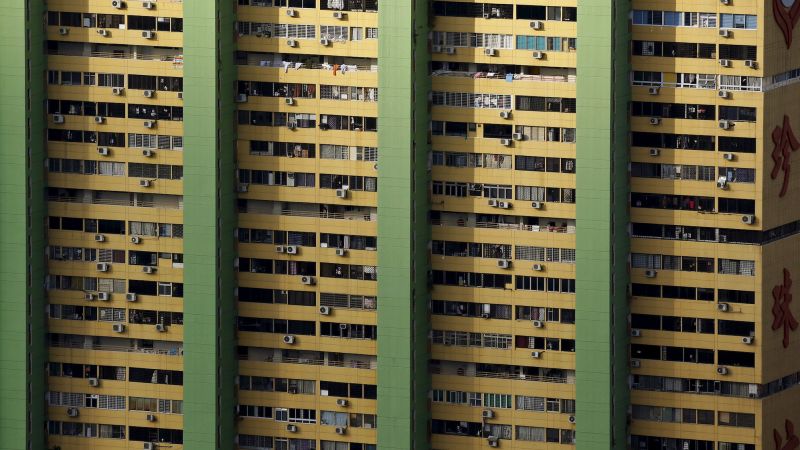TheStarsHub
—
When the temperature soared to 99 degrees Fahrenheit last month, Singapore resident Chee Kuan Chew saw just one option: cancel all plans and stay indoors in air-conditioned comfort.
“You can’t survive without air con in Singapore,” Chee said. “It’s impossible with the heat.”
The 20-year-old university student lives with his family in a four-bedroom flat in Ang Mo Kio, a bustling district that made headlines in the Southeast Asian city state when its temperatures hit a 40-year high in a recent heat wave. Thankfully, Chee said, his home has five air conditioners – one in each bedroom and a larger unit in the living room.
“I drank plenty of water, took cold showers and kept the air conditioning on for the entire weekend. That’s my way of managing the heat,” Chee said.
Taking solace in air conditioning in Singapore is hardly unreasonable behavior. Situated roughly 85 miles north of the equator, the island nation is famously hot and humid, with temperatures that stretch into the 80s year-round – a climate that has helped make it one of the most air-conditioned countries in the world, with more units per capita than any of its Southeast Asian neighbors.
Indeed, in this city, air conditioning has become almost a way of life. An office or mall without it is near unthinkable; 99% of private condominiums are air conditioned, as are the majority of public housing apartments.
Lee Kuan Yew, the country’s founding prime minister, once called air conditioning “the greatest invention of the 20th century” and credited it for helping to transform the island from a backwater British colony into one of the world’s pre-eminent financial centers (one that today also enjoys some of the world’s highest per capita wages).
But Singapore’s love affair with air conditioning has an enormous cost.
It has trapped a nation already hot – and getting hotter – in what experts describe as a “dangerous, vicious cycle.” It’s a climate change Catch 22 paradox that faces all nations which rely on air conditioning to make life just that little bit more tolerable.
Put simply: the warmer the world gets, the more people turn to their air conditioners. And the more they turn to their air conditioners, the warmer the world gets.
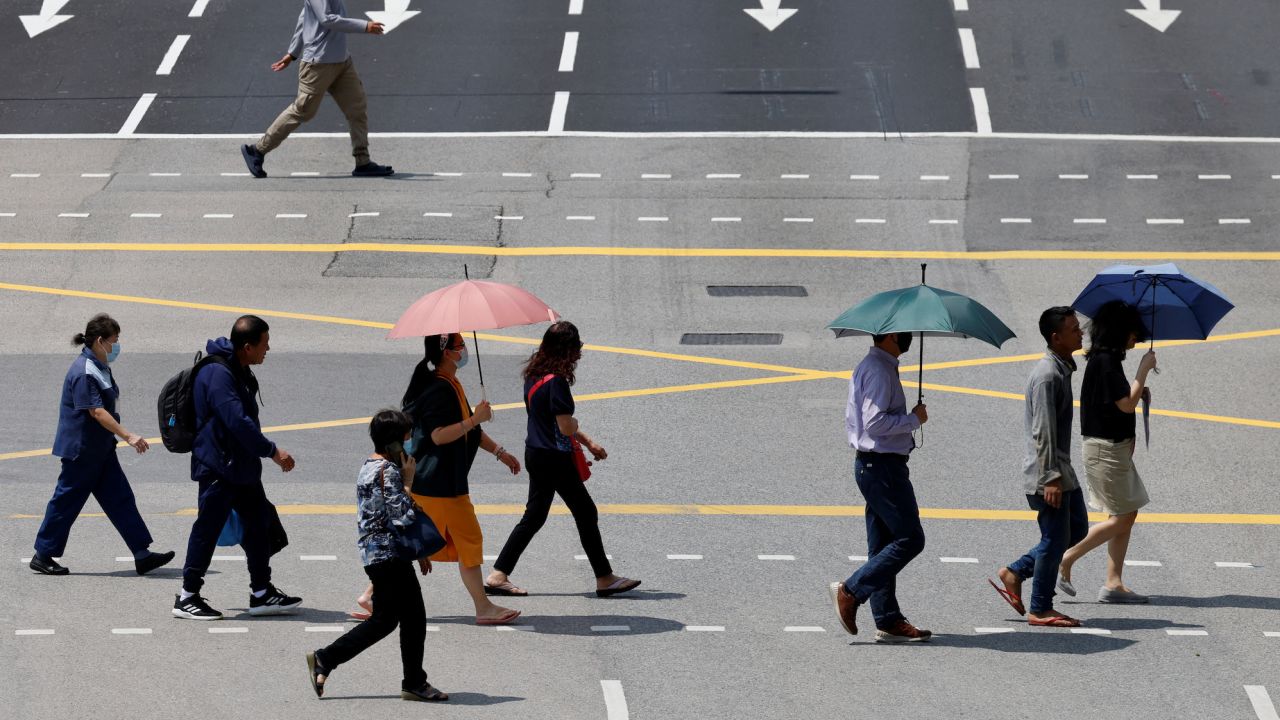
Compared to gas guzzling cars and flatulent cows, air conditioners often fly under the radar when it comes to most media coverage of global warming culprits. But the machines are a potent force in accelerating climate change.
The World Economic Forum (WEF) has estimated that – if not reined in – air conditioning-related greenhouse gas emissions could account for up to a 0.5 degree Celsius rise in global temperatures by the end of the century.
Their effect on global warming is two-fold. Firstly, like refrigerators, many air conditioners today use a class of coolants called hydrofluorocarbons, or HFCs, which are harmful greenhouse gases.
Secondly, and perhaps ultimately even more problematically, air conditioners tend to use large amounts of electricity, generated by the burning of fossil fuels.
According to the International Energy Agency, air conditioners and electric fans account for about 10% of all global electricity consumption.
As a relatively compact nation, Singapore – with a population of about 5.4 million and an area a little smaller than New York City – contributes just a fraction of the HFCs and electricity demand that help drive global warming.
Even with its high per capita usage, its total emissions are dwarfed by those of Japan and the United States, for example, where about 90% of households use air conditioning according to the WEF.
Still, that doesn’t mean Singapore won’t suffer the consequences of a warming world just as much. And as an already hot nation that is heating up fast, it has less leeway than some others before temperatures become simply intolerable.
According to government data released in 2019, the city state has been heating up twice as fast as the rest of the globe over the past six decades. Maximum daily temperatures could also reach highs of 37 degrees Celsius by 2100, officials warned.
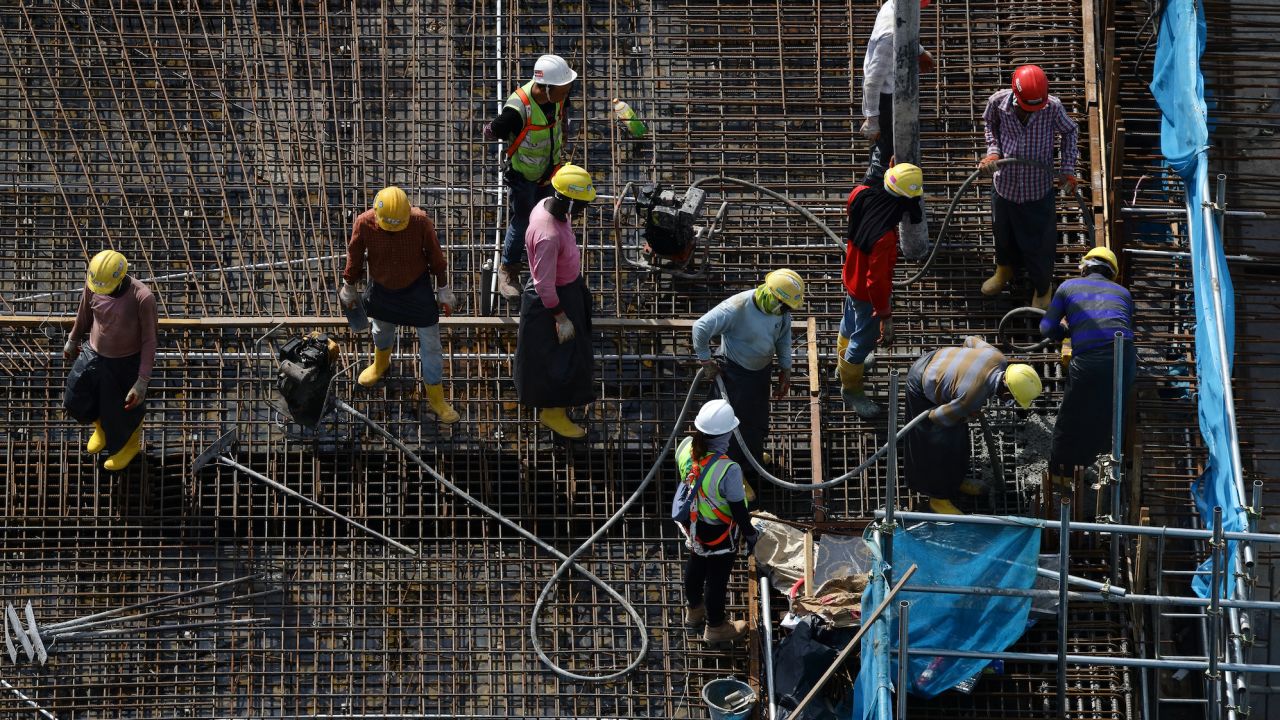
But rising temperatures in Singapore are not just about global warming.
They are also caused by the Urban Heat Island effect, in which highly urbanized areas experience higher temperatures than their surrounding locales.
The effect is caused by urban structures such as buildings, roads and vehicles trapping and releasing heat into the environment, especially at night, and is particularly pronounced in highly developed and relatively densely packed places like Singapore.
It is made worse by the waste heat generated in cities by vehicles, factories and air conditioners, according to the United States Environmental Protection Agency.
Matthias Roth, a professor at the National University of Singapore who specializes in the subject, said that Singapore’s recent temperature rise was largely the result of a combination of background global warming and the Urban Heat Island effect.
While he cautioned it was difficult to quantify the exact contribution of heat emissions from air conditioning on the Urban Heat Island effect, he said that “in selected commercial areas with much human activity and traffic, as well as tall, multi-story buildings closely spaced together and using air conditioning… this local warming can perhaps contribute 1 to 2 degrees Celsius to the environment.”
While Roth noted these areas were “generally small and low in numbers and therefore would not significantly affect the average air temperature across the entire city,” he also pointed out that air conditioners are “not very energy efficient and when used in large numbers and often on a continuous basis, they can make up a large part of the energy consumption in hot places.”
In some ways, how much of the temperature rise is caused by global warming and how much by the Urban Heat Island effect is a moot point, as either way the result is the same: people feel hotter.
And the hotter people get, the more they use their air conditioning.
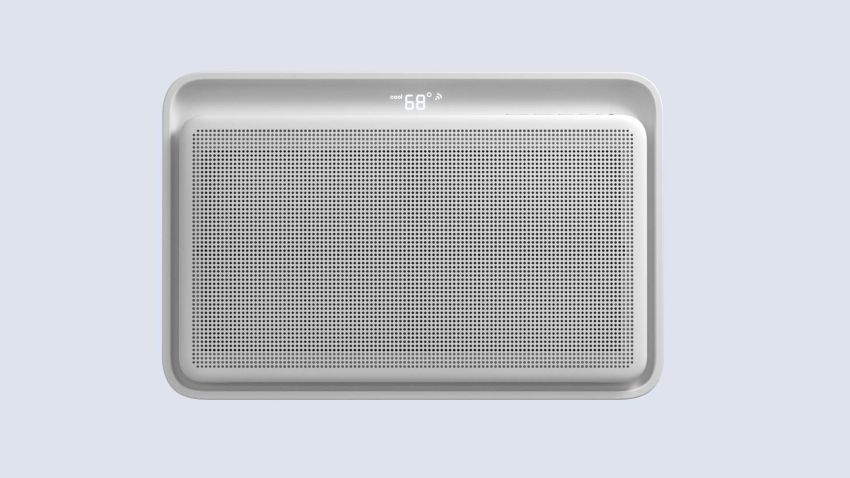
Air conditioning is bad for the planet. Here are some possible solutions
Still, experts say there are ways to break the air conditioning doom-loop.
Under the United Nations’ Kigali Amendment, agreed in 2016, many countries are phasing out HFCs – those harmful coolants used in many air conditioners – and replacing them with more climate friendly options, such as hydrofluoroolefins, or HFOs.
Similar moves have worked in the past. The Kigali Amendment is an update to the Montreal Protocol that helped to phase out ozone-destroying Chlorofluorocarbons, or CFCs, in the 1980s.
Experts say there are also ways to cut down on the second problem with air conditioners – how much energy they use – by using other methods to keep cool.
Abundant green spaces, shading, water bodies and clever ventilation are among the more sustainable “passive cooling strategies” suggested by Radhika Khosla, associate professor at Oxford University’s Smith School of Enterprise and Environment.
“While there are many instances when air conditioning is necessary, given the combination of hot temperatures and high humidity, what’s important is to always consider non-air con options first instead of making air conditioning the go-to solution for providing relief from extreme heat,” Khosla said.
“Singapore, with its experience of living with high heat and humidity, must set an example for other countries in identifying, promoting and scaling sustainable cooling solutions,” she added.
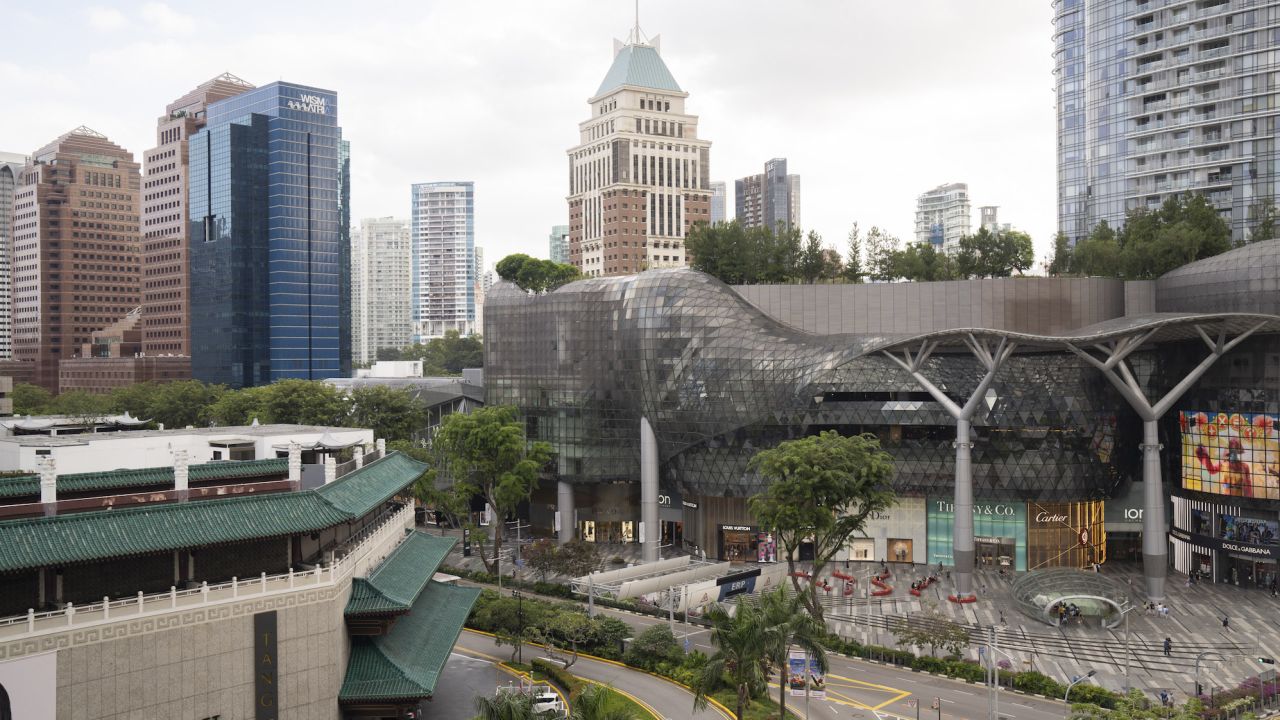
Fittingly, the same place that once heralded air conditioning as one of the greatest inventions of the 20th century is also at the forefront of efforts to make it fit for purpose in the 21st.
Singapore’s National Environment Agency (NEA) has banned the supply of high-GWP (global warming potential) refrigerants since October 2022 and says it encourages households to use fans rather than air conditioning where possible. The government agency has also advised residents to set timers and temperatures to no lower than 25 degrees Celsius (77 degrees Fahrenheit) and service units regularly to maintain efficiency, it told TheStarsHub.
Taking environmental concerns into account, one local university built what it says is the country’s “first net-zero energy building” – boasting naturally ventilated open spaces and an innovative “hybrid cooling system supplying 100 per cent fresh pre-cooled air.”
Operational since 2019, the six-story SDE 4 building at the National University of Singapore’s School of Design and Environment campus is testament to how thermal comfort “did not have to come at the expense of the environment,” its architects told TheStarsHub. “We worked hard to ensure that it would be a net-zero building,” deputy dean Heng Chye Kiang said.
Here, ceiling fans are used as alternatives to AC units. Smart senors measure and manage variables from temperature, humidity and carbon dioxide to air particles, light and sound to “further drive down energy consumption.”
“We hope it will inspire other buildings and designers to achieve the same and reduce energy usage in the fight against climate change,” the school said.
Heng added that after some years of operation, the building had turned out to be “energy positive” – producing more energy than it consumes – “by a large margin.”
In other words, amid a troubling paradox, there’s some positive energy, too.
